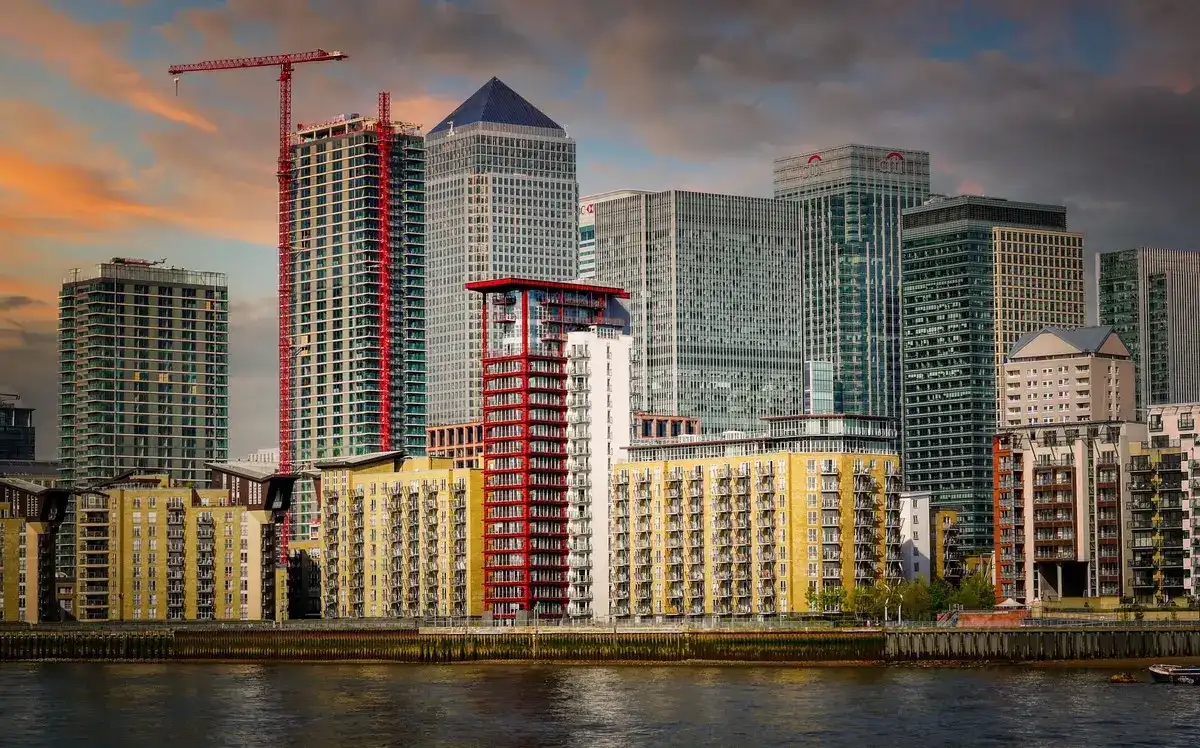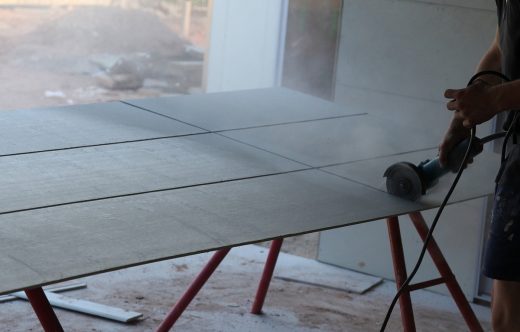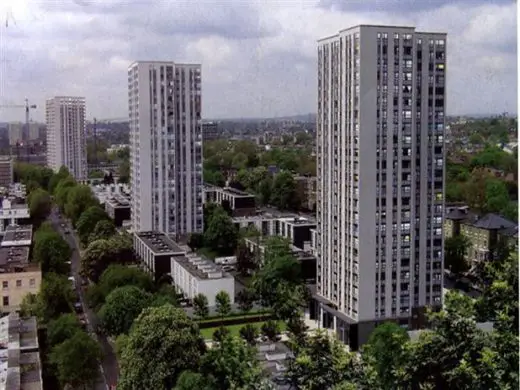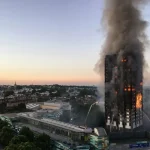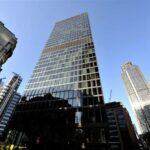Building Safety Bill, English high-rise materials, Tower cladding tests, Housing estate ACM panels news
Building Safety Bill UK
post updated 2 December 2024
Dangerous Cladding – questions raised by Remediation Acceleration Plan – expert comments
The UK government has published its Remediation Acceleration Plan, and pledges that dangerous cladding will be fixed on all high-rise buildings on government schemes within the next five years.
The plan sets out that by the end of 2029, all buildings over 18 metres tall – defined as high-rise – with unsafe cladding that are on a UK government scheme will have been remediated. Every building over 11 metres tall with unsafe cladding will have been remediated, have a date for completion or landlords will be liable for penalties by the same date.
Sarah Taylor, property dispute resolution partner, Excello Law comments:
“Whilst the intention behind the Remediation Acceleration Plan is commendable, it raises many questions. The Building Safety Act details a complicated and bureaucratic process for remediation but places duties on those who own higher-risk buildings (i.e. those at least 18 metres or 7 storeys high). The Remediation Acceleration Plan sets a 2029 deadline for the remediation of all higher-risk buildings with unsafe cladding. However, it is unclear how this deadline will be enforced, and whether it will give leaseholders certainty that their buildings will be made safe. Some leaseholders do not yet know that they are living in a building with unsafe cladding as not all buildings have been identified.
“We understand that proposals have been drawn up with housing developers as to how work can be accelerated to fix buildings for which they are responsible. We shall wait with interest to see if this is sufficiently comprehensive to ensure that the Remediation Acceleration Plan is carried out effectively and by the proposed deadline. More applications for Remediation Orders may be needed to push developers to remediate their buildings. Regulators, who are to be given robust new powers to enforce remediation, must use these powers to prevent another cladding disaster. For leaseholders who have already been waiting a long time for their buildings to be made safe, a five-year Remediation Acceleration Plan deadline may feel like a lifetime.”
post updated 30 October 2024
Spending boost for dangerous cladding removal post-Grenfell report
UK Chancellor Rachel Reeve says they will give £1bn to accelerate the removal of dangerous cladding on homest, following the Grenfell Tower report.
1 March 2022
CIAT raises serious concerns and responds to the Lords’ Committee Stages as the Building Safety Bill moves through Parliament
Building Safety Bill – UK Construction Materials
CIAT supports the premise of taking appropriate action against those who have deliberately and knowingly specified, provided, or fitted substandard materials. However, the proposal to extend liability periods is unrealistic, unworkable, and unachievable and has the danger of potentially persecuting innocent parties without the means to defend themselves or without any realistic positive outcome for the owner/occupant.
Canary Wharf buildings, Isle of Dogs, east London:
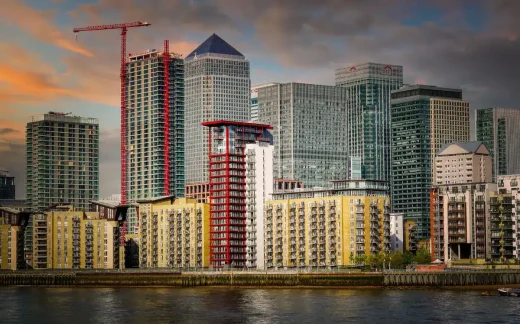
Imposing a retroactive period of 30 years is a reactive addition to the Building Safety Bill and is not the solution. There may not be insurance in place, the documents may no longer exist, as the insurance and limitations periods under which these practices were operating had expired and also due to the more stringent GDPR rules, the claim would go against the contracts and certification processes as issued at the time and could be challenged through the courts, even if the practices still existed or the personnel were the same. If the claim was pursued, the practices or individuals may have no alternative but to declare themselves bankrupt which provides no resolution for any party.
Grenfell Tower building, west London:
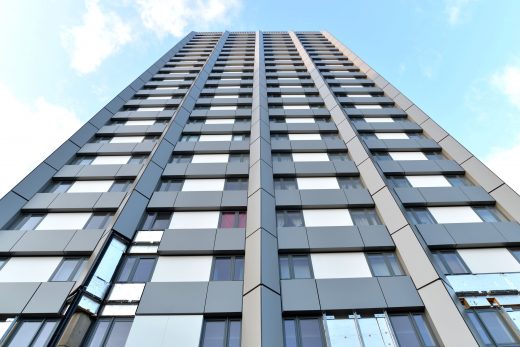
The narrative from Government is implying that it is aiming these measures at large manufacturers, contractors, and developers, without taking cognisance that it will in reality affect those sole practitioners and micro-SMEs (up to 10 employees) which are the majority of practices in the professional services sector. In addition to this issue, many of those firms will no longer be operating. As such, CIAT would urge the Government to continue with its original commitment to fund the remedial works as promised and aim any sanctions or pursue recovery at the right parties. Any proposed actions should be proportionate, fair and realistic.
Chalcots Estate tower, Camden, North London:
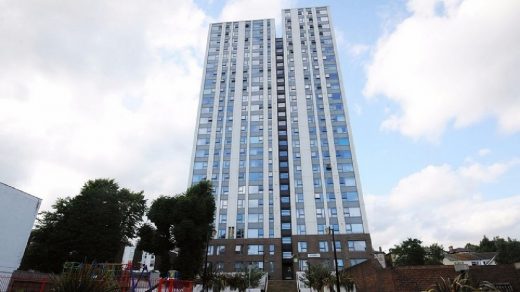
CIAT is becoming increasingly concerned by the plethora of suggested amendments to the Bill. These are changing on a daily basis, and it is hoped that common sense will prevail. In addition to the matter of extending liability periods retrospectively, it is important that those writing this legislation understand that professional service providers do not operate multi-million-pound companies and are mainly micro SMEs (up to ten) or sole practitioners. They will simply not have the capital to fund uninsured losses for remedial work that they had no influence or control over.
CIAT would also suggest that the Government opens dialogue with the sector and experts who could contribute to a constructive way forward to enshrine legislation which is proportionate, fair and achievable.
A view of part of the Burnham residential tower on the Chalcots Estate:
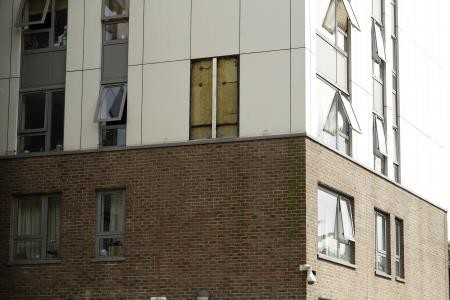
CIAT will be assessing the results of the debate at Report Stage when the revised Bill is published. This is expected at some point after 2 March 2022.
ends
The Chartered Institute of Architectural Technologists (CIAT) is a dynamic, forward-thinking, and inclusive global membership qualifying body for Architectural Technology. It represents those practising and studying within the discipline and profession. CIAT qualifies Chartered Architectural Technologists (someone who holds the designation MCIAT or FCIAT).
Chartered Institute of Architectural Technologists (CIAT), 397 City Road, London, EC1V 1NH, United Kingdom
UK tower cladding tests
NBS Approved Documents Survey
Dame Judith Hackitt’s Independent Review of Building Regulations and Fire Safety Interim Report
UK Government Ban on Combustible Cladding
UK Cladding Safety Tests
Combustible Cladding on over 80 towers fails safety tests
Grenfell Tower fire damage – flat interior:
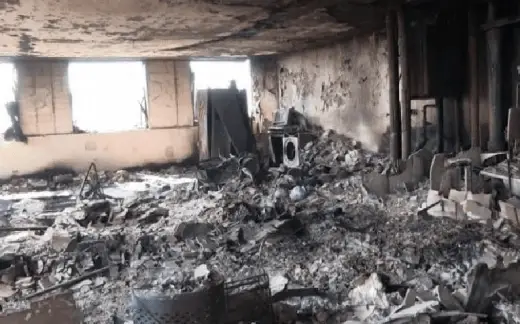
photograph : Metropolitan Police
Byron House student accommodation Reynobond ACM PE panels
Chalcots Estate Building Cladding
Chalcots Estate Tower Cladding
Grenfell Tower Cladding Exposed
Grenfell Tower fire, 4:43 a.m. on 14 June 2017:
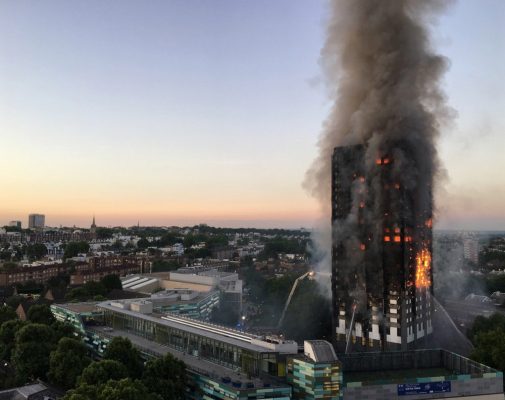
photograph by Natalie Oxford, courtesy of wikimedia commons
Grenfell Tower cladding exposed:
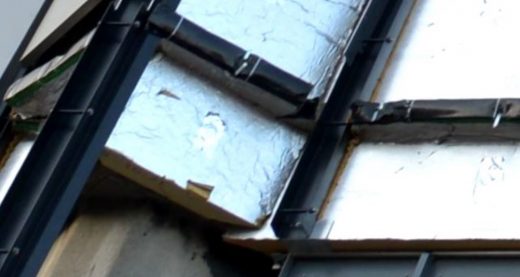
Comments for the UK Tower Cladding Tests page are welcome
Location: UK
London Architecture
London Architecture Links – chronological list
London Skyscraper Buildings – alphabetical list
Comments / photos for the Building Safety Bill: UK Tower Cladding – page welcome

